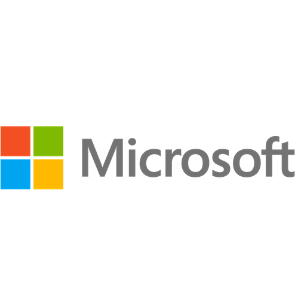Insights
INSIGHTS
All Topics
How to master tone of voice
02 Jun 2023by Kellie Smith
In this article, we explain why it’s important to have a distinct tone of voice in your written and verbal communications and how to develop it
The way your charity communicates and the language it uses is called tone of voice. Think of tone voice as your charity’s personality. It’s how you say something and the impression it makes on your audience.
When you develop your charity’s tone of voice, it’s important to make sure it’s part of a bigger piece of work around brand identity. This will help you to get across your key messages, values, and purpose in your communications activities.
Econsultancy says that tone of voice varies depending on the type of charity you are. “An animal care charity would not use the same tone of voice as a men’s mental health charity, for example. It is important for tone of voice to reflect brand purpose. I.e. The reasons why an organisation exists in the first place, or its core aim.”
Why having a tone of voice is important
Developing a tone of voice for your organisation, and using it in your communications, is important. It will help your charity to build trust, show expertise, and make a difference to how your charity is perceived.
ConnectAssist says that tone of voice helps charities to build human connections with their donors. “Your personality will shine through in all your communications and will show that behind the black and white text there are real people working to do good in the world. This will make people more likely to engage.”
Having tone of voice guidance will help your charity to produce consistent communications. Staff and volunteers will be able to talk about the charity in the same way, whether they’re posting content on social media, writing a fundraising bid or speaking at an event.
Emphasis says: “A consistent voice is also subliminally reassuring. Just like we can get to know a new friend and come to recognise, trust, and enjoy the personality that makes them them, the same goes for the brands we relate to.”
How to develop your tone of voice
Carry out research
Whether it’s a piece of work you choose to do yourself, or you hire an external consultant to do the work, you should speak to colleagues and research what other organisations are doing.
Guidance from CharityComms and Sarah Fitzgerald from Self Communications says to avoid generic language when trying to define your tone of voice. This will help you to stand out from other charities.
Link tone of voice to your brand
Charity tone of voice guides tend to be developed as part of wider brand guidelines, which look at both your visual identity and the way you talk about yourself. Here’s an example from the RNLI.
Draw on your values
Make sure your charity’s values are reflected in what you write and say. This will help you to communicate your values to your audience and get across the image you want. If your tone of voice doesn’t embed your values, it may not align with the way you work.
Connect with your audience
It’s important to talk to people as if you’re having a conversation with them. You can do this by using plain English and avoiding jargon.
Structure your guide
CharityComms and Sarah Fitzgerald from Self Communications suggest that when writing a tone of voice guide, you may want to cover the following points:
-
What your tone of voice is and why it matters
-
Written examples of how to put your tone of voice into practice
-
Specific guidance for writing for the web and speaking publicly about the organisation
Alter your tone of voice
Depending on the channels you’re using, and the people you’re talking to, you will need to adjust your tone of voice.
ConnectAssist says: “Tone of voice needs to have some flexibility built in. Just as we choose different words when texting a friend or meeting with colleagues, so should your charity.”
Train staff
Share your tone of voice guide with your colleagues so they’re familiar with it. Make sure it’s in an accessible place. Training staff will help them to apply the tone of voice to any communications they’re working on.
To encourage people to read the tone of voice guide, get the document designed. It will help to bring the document to life and motivate people to read it.
Kellie Smith
More on this topic
Recommended Products
Recommended Products
Featured Products
15 Jan 2025by Laura Stanley
How to revisit your charity’s story in 2025Sponsored Article
14 Jan 2025by Christine Chiu
A simple guide to social banners and imagesSponsored Article
03 Jan 2025by Josie Sparling
The complete guide to livestream fundraising
Our Events
Charity Digital Academy
Our courses aim, in just three hours, to enhance soft skills and hard skills, boost your knowledge of finance and artificial intelligence, and supercharge your digital capabilities. Check out some of the incredible options by clicking here.






















